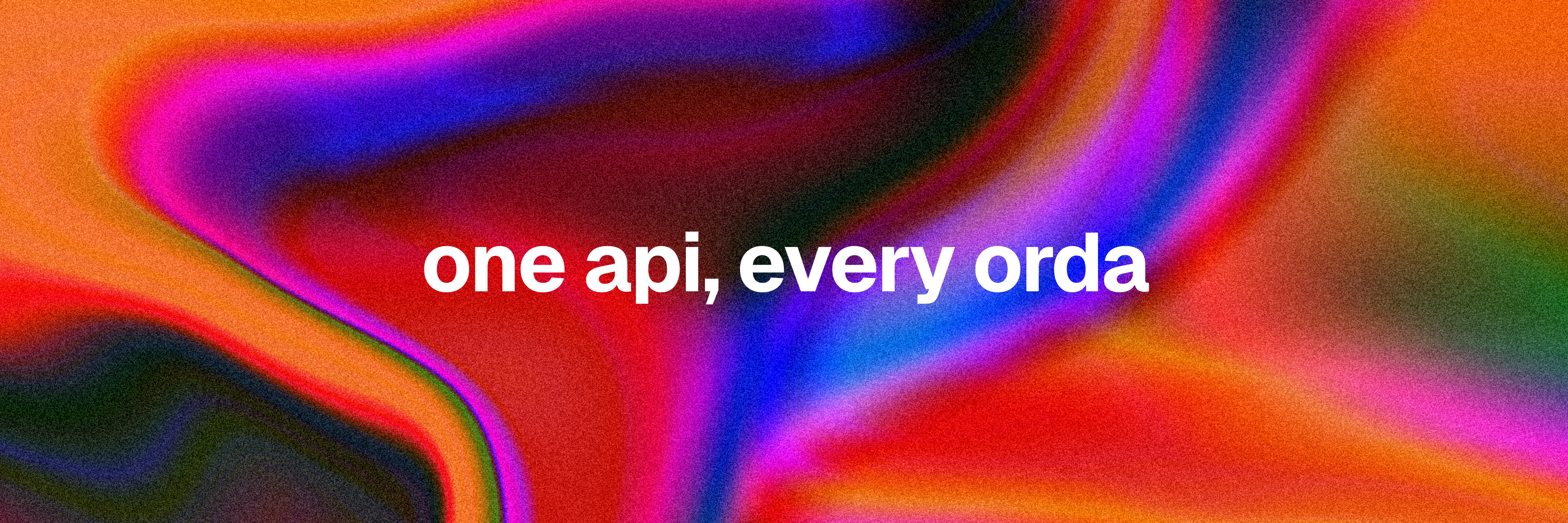For the last 2 years+, we’ve been building in the background - solving hard problems across payment networks, stablecoins and fragmented infrastructure. What started as bindpay is now much bigger.
Today, we’re reintroducing ourselves as orda.
orda is not a new product. It’s the natural progression of what we’ve been building:
A coordination layer for global value movement - across banks, blockchains, stablecoins and everything in between.

Why the change?
bindpay started as a simple goal: make it easy for apps to move money. But as we built deeper, it became clear we weren’t just integrating payments. We were orchestrating execution across fragmented financial systems.
orda reflects that shift - from a frontend integration tool to a backend infrastructure layer built on a different execution model.
This new model is what we call intent-based orchestration.
Intent-Based Orchestration changes EVERYTHING
At its core, it’s a simple idea:
Let users express what they want to do (“Settle $1,000 through PIX from XYZ”), and let solvers compete to figure out how to do it.
Instead of pushing everything through a single chain, protocol, or payment rail, orda routes each transaction through the most efficient combination of systems - whether that’s a blockchain, a bank transfer, a stablecoin mint, or something new.
Settlement doesn’t need to be standardized. Execution does.
That’s what orda provides: a unified execution layer across all networks.
So what’s different?
In short: the name, the scope and the promise.
orda is now:
-
A universal transaction coordinator, not just a payments integrator
-
A network that treats stablecoins, banks and crypto rails as interchangeable liquidity
-
A foundation for real FX flow, driven by use, not speculation
This isn’t about building another blockchain. It’s about stitching together the ones that already exist - along with the banking systems that still run most of the world’s money.
What We’ve Built
Over the past year, we’ve shipped the building blocks to make this work:
-
Intent-based APIs for expressing transaction goals
-
A routing layer that abstracts away blockchain and banking complexity
-
Cross-domain integrations
This infrastructure is now live - and our first corridors go operational this month.
Why orda matters
There’s no shortage of cross-border demand. Billions move daily across FX corridors.
But stablecoins barely touch that flow. Why?
Because payments are still siloed. Rails don’t talk to each other. Execution is fragmented.
orda solves that by separating execution from settlement - just like DeFi separated liquidity from custody.
Solvers compete to fulfill user intents. Vaults abstract FX. And stablecoins serve as the connective tissue across banking and crypto systems, resulting in fast, low-cost transactions across any network - with real liquidity, not synthetic TVL.
What to expect next from orda
We’re launching active corridors in Mexico and Brazil. Solvers are onboarding. Dashboards are shipping. New regions are being scoped.
But more importantly, the rebrand marks a broader shift:
orda isn’t a tool. It’s a layer - one that makes the rest of the financial world work better together.
We are currently evolving:
-
Vaults for corridor-level liquidity and stablecoin FX
-
Solver logic for quoting and competing on execution
If you’re a builder, a desk, a wallet, or a stablecoin issuer - we’d love to talk.
Let’s make money movement interoperable.
- orda team




评论 (0)